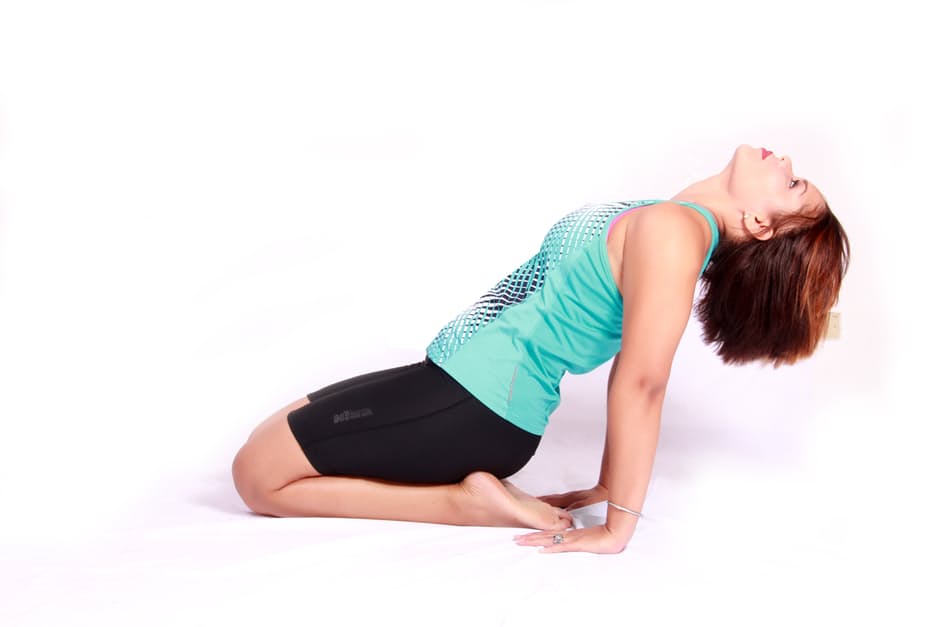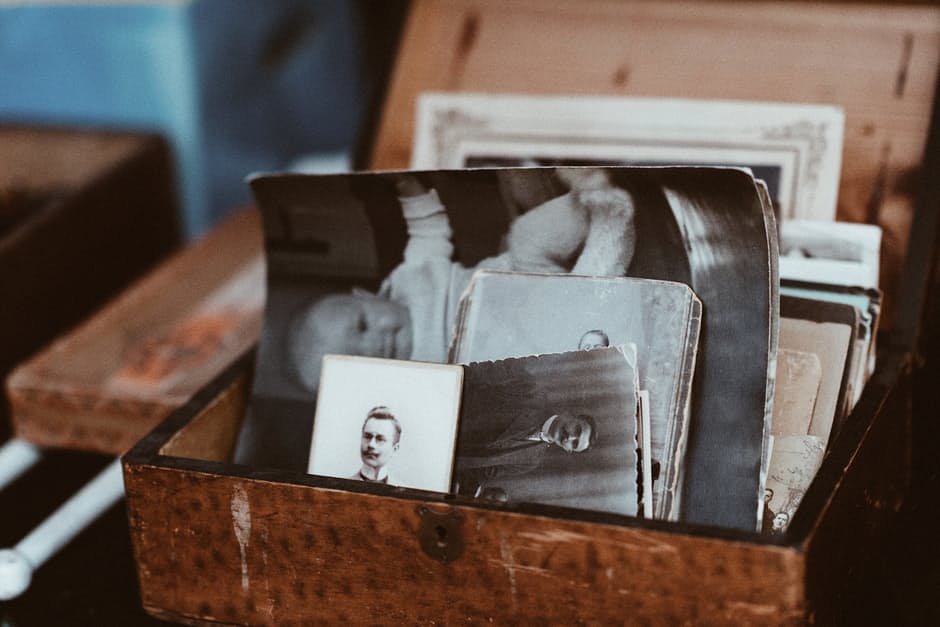If you’re thinking about becoming an actor, there are some basic things like your type, age range, and preferred medium (stage or film, or both) to which you’ve likely given some thought. But have you considered your acting technique?
Actors can train in several techniques developed by master acting instructors, including those based on the work of Constantin Stanislavski, who inspired Stella Adler, Uta Hagen, Michael Chekhov, Sanford Meisner, and Lee Strasberg. Strasberg’s technique is commonly known as “The Method” and looks at a deep investigation of characters’ emotional lives to intensify the connection between actor and character. Using information gathered from the script, the life of the character is made multi-dimensional through investigating the actor’s own imagination and developing a fuller sense of humanity via techniques such as a detailed and rich back story that provides the actor with a deep connection to character that integrates the writer’s intentions.
And how does one do that, you ask? While no actor is the same, we’ve got you covered with four tips to help you get started on developing your own acting technique.
1. Relaxation
Relaxation or the release of muscular tension is a key skill in any technique. Muscles tense in order to block emotion and the anxious actor is often so full of that one emotion that they are incapable of feeling any others. Removing thoughts and tension that block emotional range and limit the actor’s imagination is an imperative. If you’re just starting out, find a quiet area and lie down with your arms at your side and your palms facing upward. Take several long deep breaths, preferably on a five count in and a five count out. With each inhale, imagine you are breathing in pure energy. With each exhale, allow all toxicity and negative thoughts to flow away from and out of your body. Allow your muscles to release and become pliant and available. Set a timer and do this for five minutes, beginning with breath and visualizing release and repeating the then slowly revive yourself by wiggling fingers and toes before you slowly sit up.
While there are a number of relaxation and breathing exercises, like these published on our blog, the trick is finding one or a few that work well for you, and then practice, practice, practice! This kind of training can seem very slow at first, and you may even fall asleep the first few times, but hang in there! This is the foundation of your technique. Many actors train with relaxation and breathing exercises that can be found in Stanislavski’s “An Actor Prepares.”
2. Sense Memory
Sense memory is an exercise to help actors recall objects, places, or things and allow the senses to react. For example, if someone were to ask you to recall the scent of a lemon, could you re-create in this moment the sensations you originally experienced? The first step in doing this would be to take a real lemon and sit with it. Explore in in your hands, with your fingertips. Bring it up to your nose. Memorize how it feels in your hands, and the scent of it as you bring it closer to your nose. Once you’ve explored this object with your senses – touch, sight, sound and taste (if necessary) — take it away! Now that it’s gone, try to recreate your sensory experience of this object. Recall the scent, the taste, the touch of it on your fingertips — your palms. The more you practice doing this, the easier it becomes!
3. Personal Object
Let’s say you’ve been cast to play a corrections officer. Through the information provided in the script, you know your character clocks in at work Monday through Friday from nine in the morning to five in the evening. That’s a good chunk of the day that your character in on the job. Would he or she be carrying a ring of keys on their belt buckle? Perhaps you could experiment with the sensation of wearing a heavy key ring all day. Does it affect how you walk? Do you immediately reach for them when facing a door? Do you ever mistakenly reach for them in your personal life at home?
On the other hand, what if you are playing a character who just lost their mother? Perhaps your own mother gave you a bracelet when you were young and that object holds a key to certain memories of her. Can you imagine losing your own mother, and wearing that bracelet every day in remembrance of her? Use this exercise to brainstorm ways in which an object stirs emotions. What if you saw the bracelet every time you wash your hands? Could your character also have an object their mother gave to them that elicits feelings? In this way, using an object of personal significance is helpful in developing a template to investigate the inner life of a character.
4. Music/Sound
Music is another very effective tool that can be used to ground a character’s inner life. If you think about a time where you were excited and very optimistic about something — a first date, a graduation, the birth of a child — you may associate those events with a particular song. And if you don’t, you can find one that calls those feelings to mind. Now, let’s say you are playing a character who just got hired for her dream job. This calls for feelings of excitement, hope, and wonder at what’s to come. It’s also a time of transition. Can you find a song that inspires the emotions you need to ground the reality of this character’s experience?
There are plenty of songs in many genres, so feel free to go outside of your comfort zone. Music has a way of calling to mind different events in our lives, the people who were there, and the feelings we experienced in those moments. You may even be triggered by simple sounds. The sound of footsteps or a door opening and closing, and the jangle of keys can bring on a sense of anticipation, or excitement, or fear. Meditating to sound or recreating it in your mind while developing the backstory of your character can help you get into a role faster, and with more ease.
While these tips are not conclusive in preparing one’s own technique, they can certainly be used as an introduction while you are honing your craft. Remember, this is training! Taking on a character is like running a marathon, and like any runner will tell you, it takes the right training to succeed.
What are some of the exercises you practice to help develop your method acting technique? Let us know in the comments.



